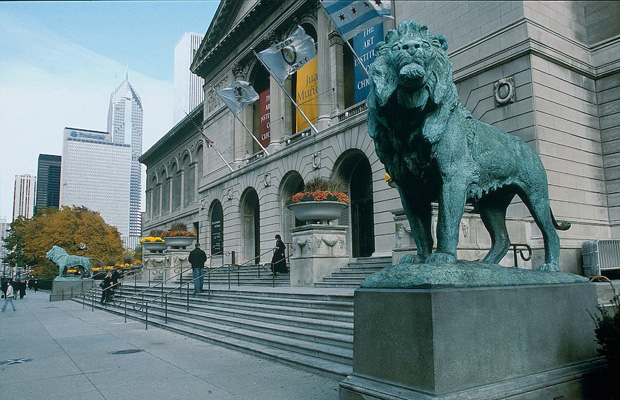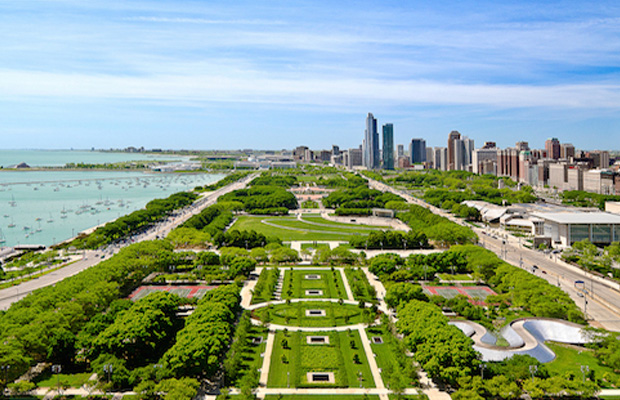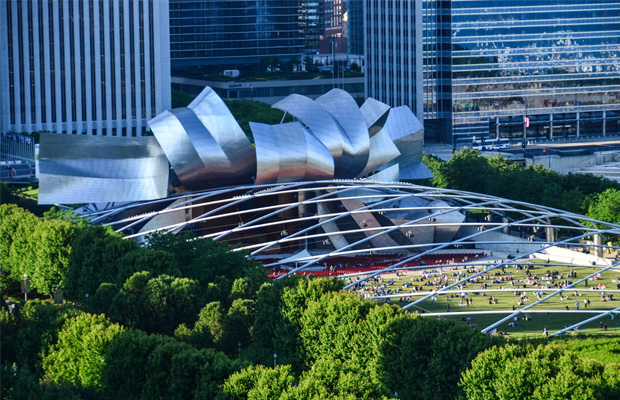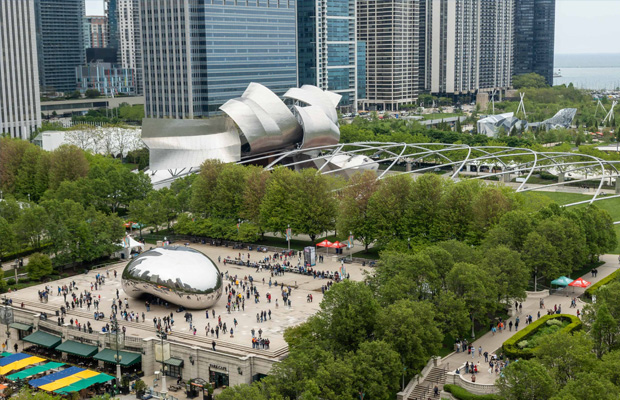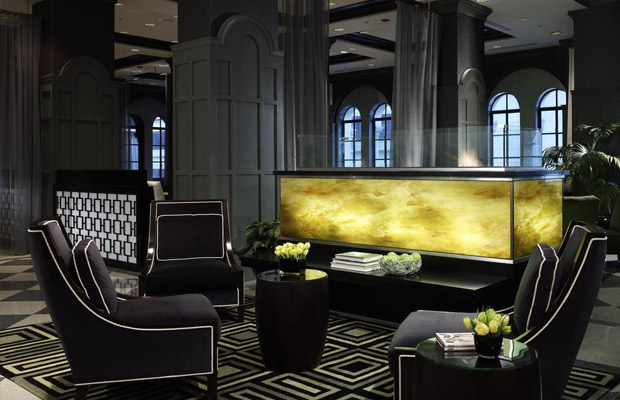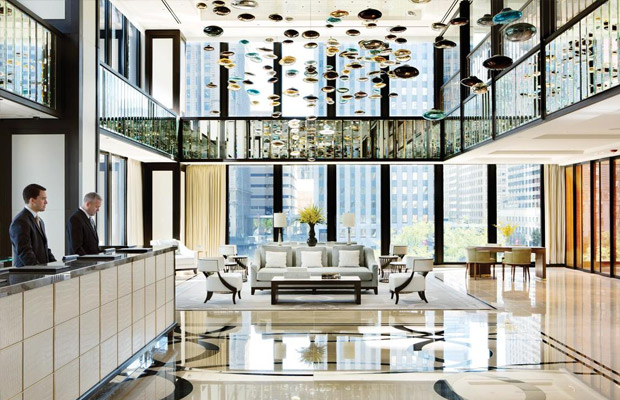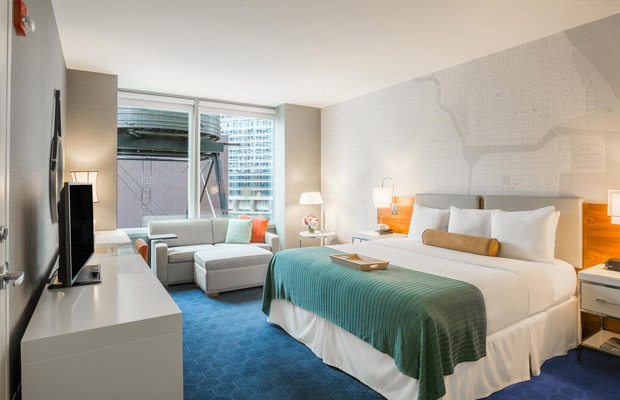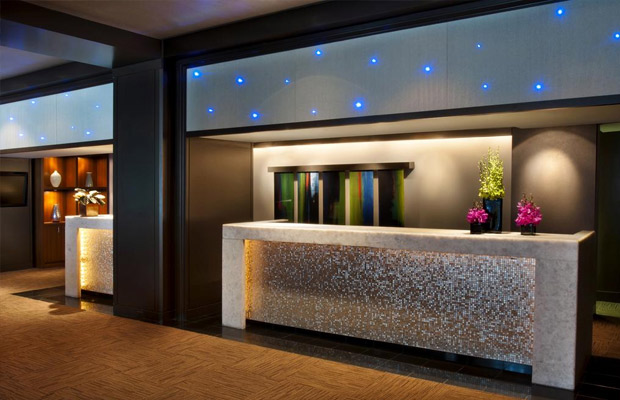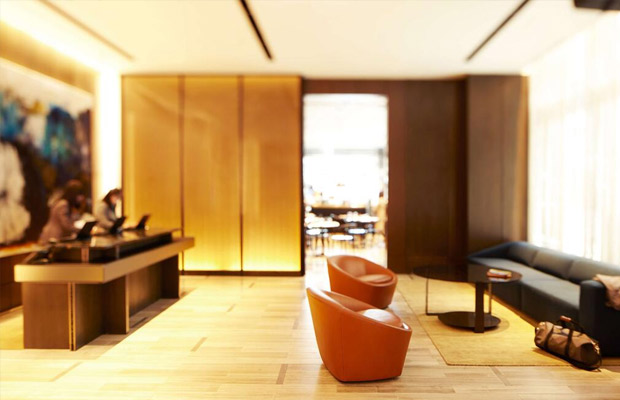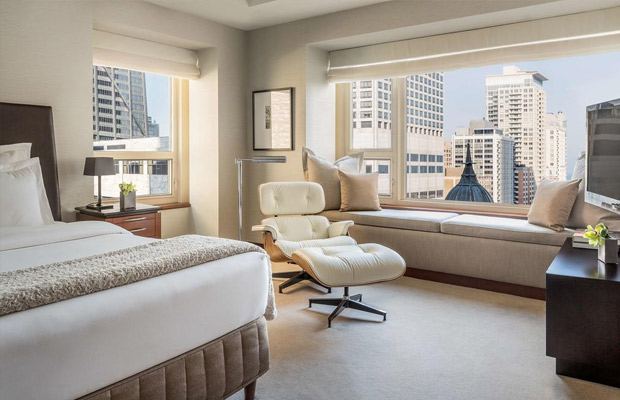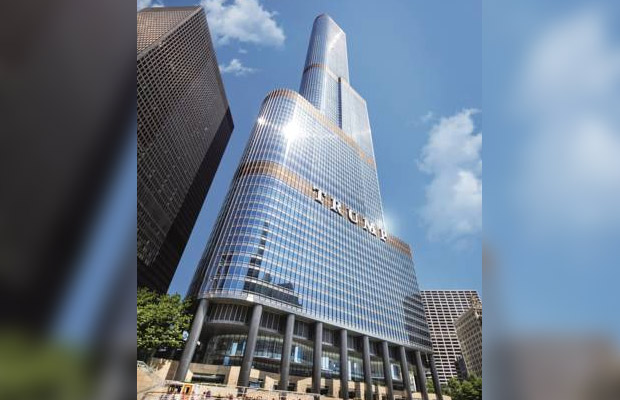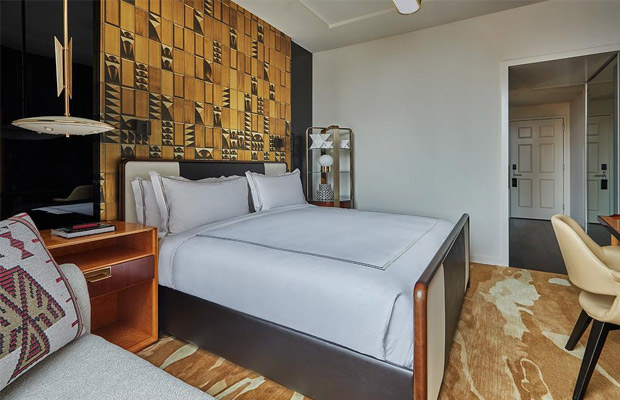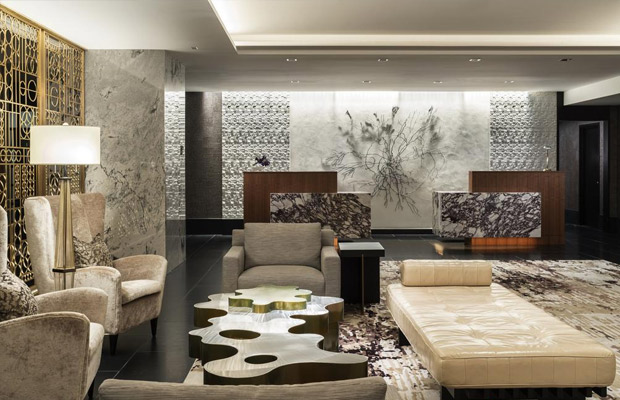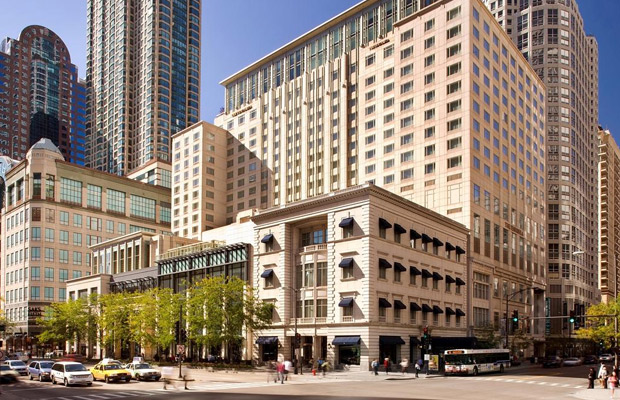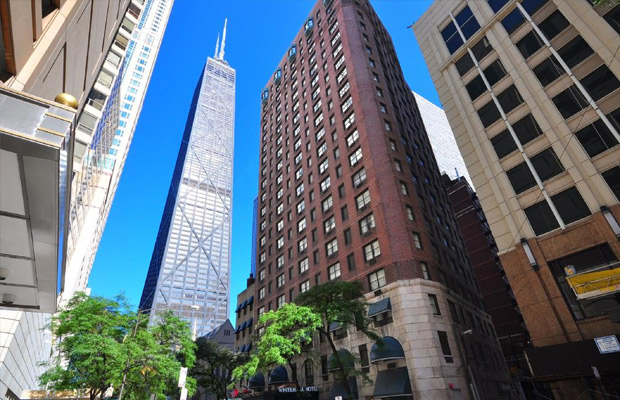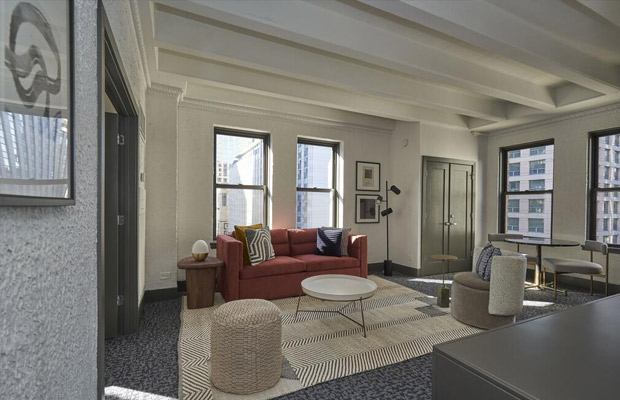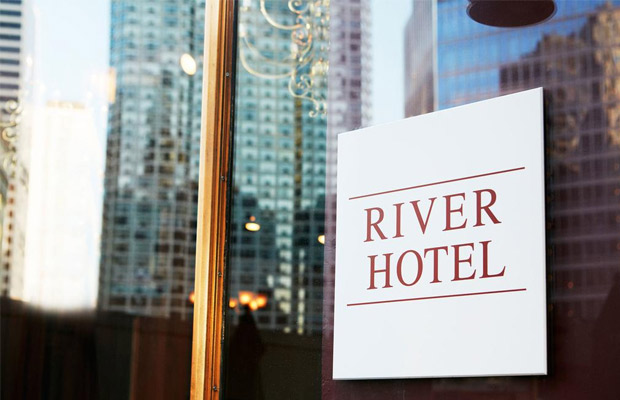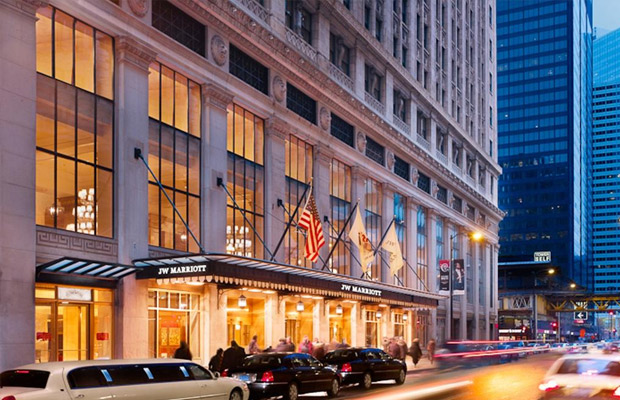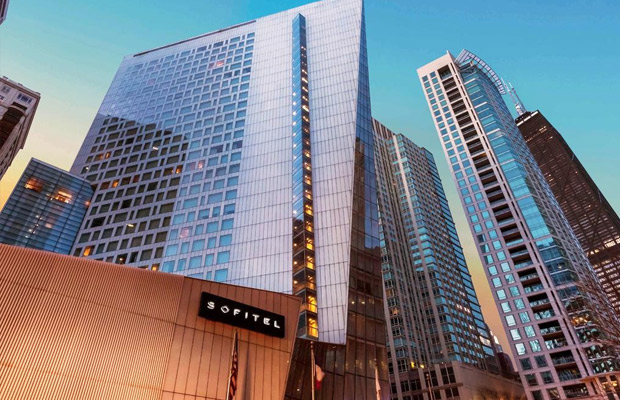The Art Institute of Chicago
The Art Institute of Chicago
USA
Chicago
Chicago Travel Guide
Book Tour & Activities
Your tour in Chicago.
Book your stay
Your hotel in Chicago.
Overview
Equal parts museum and academic institution, The Art Institute of Chicago has been a fixture on the creative landscape since its founding by a group of artists in 1879. With a famous pair of bronze lions standing sentry, the not-for-profit organization's museum houses some 300,000 works of art in a dozen collections ranging from Asian art to architecture to textiles.
The institute's more than 3,000 students pursue certifications, undergraduate degrees, and graduate degrees in fields such as art, fashion design, painting, sculpture, and writing. The Art Institute of Chicago is also home to the Ryerson and Burnham Libraries, which together constitute one of the world's largest art museum libraries.
History
In 1866, a group of 35 artists founded the Chicago Academy of Design in a studio on Dearborn Street, with the intent to run a free school with its own art gallery. The organization was modeled after European art academies, such as the Royal Academy, with Academicians and Associate Academicians. The Academy's charter was granted in March 1867.
Classes started in 1868, meeting every day at a cost of $10 per month. The Academy's success enabled it to build a new home for the school, a five-story stone building on 66 West Adams Street, which opened on November 22, 1870.
When the Great Chicago Fire destroyed the building in 1871 the Academy was thrown into debt. Attempts to continue despite the loss by using rented facilities failed. By 1878, the Academy was $10,000 in debt. Members tried to rescue the ailing institution by making deals with local businessmen, before some finally abandoned it in 1879 to found a new organization, named the Chicago Academy of Fine Arts. When the Chicago Academy of Design went bankrupt the same year, the new Chicago Academy of Fine Arts bought its assets at auction.
This 1893 sketch of the then new Art Institute of Chicago shows most of today's Grant Park still submerged under Lake Michigan, with the railroad tracks running along the shoreline behind the Museum
In 1882, the Chicago Academy of Fine Arts changed its name to the current Art Institute of Chicago and elected as its first president the banker and philanthropist Charles L. Hutchinson, who "is arguably the single most important individual to have shaped the direction and fortunes of the Art Institute of Chicago".[4]:5 Hutchinson was a director of many prominent Chicago organizations, including the University of Chicago,[5] and would transform the Art Institute into a world-class museum during his presidency, which he held until his death in 1924.[6] Also in 1882, the organization purchased a lot on the southwest corner of Michigan Avenue and Van Buren Street for $45,000. The existing commercial building on that property was used for the organization's headquarters, and a new addition was constructed behind it to provide gallery space and to house the school's facilities.[4]:19 By January 1885 the trustees recognized the need to provide additional space for the organization's growing collection, and to this end purchased the vacant lot directly south on Michigan Avenue. The commercial building was demolished,[7] and the noted architect John Wellborn Root was hired by Hutchinson to design a building that would create an "impressive presence" on Michigan Avenue,[4]:22–23 and these facilities opened to great fanfare in 1887.
With the announcement of the World's Columbian Exposition to be held in 1892–93, the Art Institute pressed for a building on the lakefront to be constructed for the fair, but to be used by the Institute afterwards. The city agreed, and the building was completed in time for the second year of the fair. Construction costs were met by selling the Michigan/Van Buren property. On October 31, 1893, the Institute moved into the new building. For the opening reception on December 8, 1893, Theodore Thomas and the Chicago Symphony Orchestra performed.
From the early 1900s (to the 1960s the school offered with the Logan Family (members of the board) the Logan Medal of the Arts, an award which became one of the most distinguished awards presented to artists in the US. Between 1959 and 1970, the institute was a key site in the battle to gain art and documentary photography a place in galleries, under curator Hugh Edwards and his assistants.
As Director of the museum starting in the early 1980s, James N. Wood conducted a major expansion of its collection and oversaw a major renovation and expansion project for its facilities. As "one of the most respected museum leaders in the country", as described by The New York Times, Wood created major exhibitions of works by Paul Gauguin, Claude Monet and Vincent van Gogh that set records for attendance at the museum. He retired from the museum in 2004.
The Institute began construction of "The Modern Wing", an addition situated on the southwest corner of Columbus and Monroe in the early 21st century.[9] The project, designed by Pritzker Prize winning architect Renzo Piano, was completed and officially opened to the public on May 16, 2009. The 264,000-square-foot (24,500 m2) building addition made the Art Institute the second-largest art museum in the United States. The building houses the museum's world-renowned collections of 20th and 21st century art, specifically modern European painting and sculpture, contemporary art, architecture and design, and photography. In its inaugural survey in 2014, travel review website and forum, Tripadvisor, reviewed millions of travelers' surveys and named the Art Institute the world's best museum.
The museum received perhaps the largest gift of art in its history in 2015.[11] Collectors Stefan Edlis and Gael Neeson donated a "collection [that] is among the world's greatest groups of postwar Pop art ever assembled". The donation includes works by Andy Warhol, Jasper Johns, Cy Twombly, Jeff Koons, Charles Ray, Richard Prince, Cindy Sherman, Roy Lichtenstein and Gerhard Richter. The museum agreed to keep the donated work on display for at least 50 years. In June 2018, the museum received a $50 million donation, the largest single announced monetary donation in its history.
Departments: Art Institute of Chicago Modern Wing Entrance
A 3-min walk from Crown Fountain
Address: 111 S Michigan Ave, Chicago, IL 60603, United States
Hours: Closed ⋅ Opens 11AM
Collection size: 300,000 works
Founded: 1879
Subsidiary: School of the Art Institute of Chicago
Video Travel Inspiration
See The Art Institute of Chicago on Map
Most Popular Cities

Siem Reap
Cambodia
Ho Chi Minh City
Vietnam
Beijing
China
Paris
France
London
United Kingdom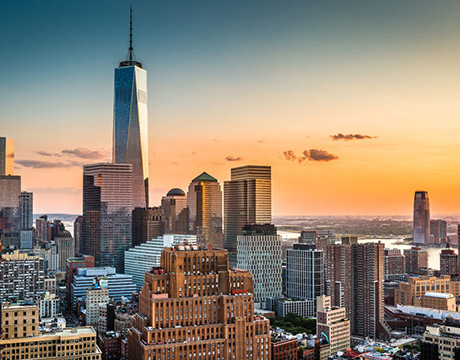
New York
USA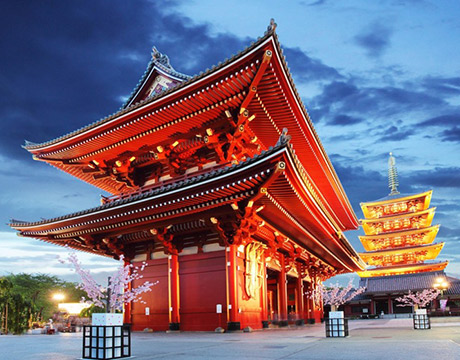
Tokyo
Japan
Bangkok
Thailand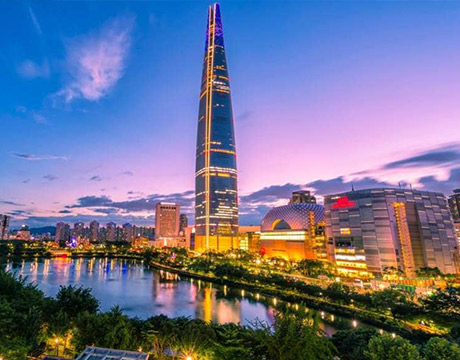
Seoul
South Korea
Vientiane
Laos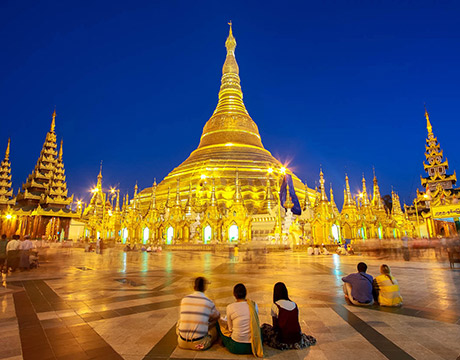
Yangon
Myanmar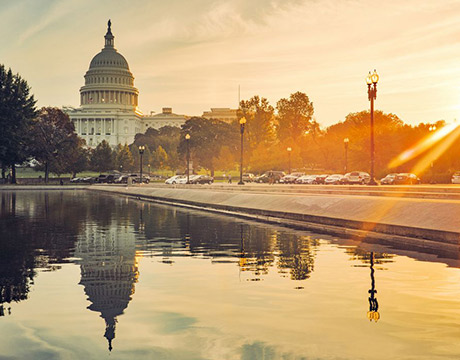
Washington DC
USA
Los Angeles
USA
Ottawa
Canada
New Delhi
India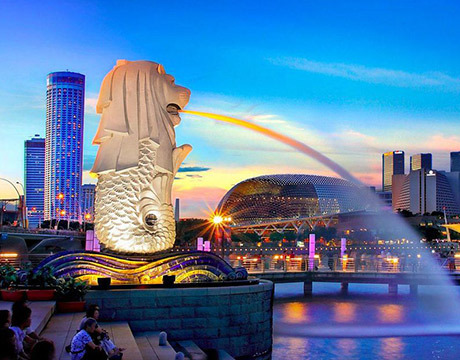
Singapore
Singapore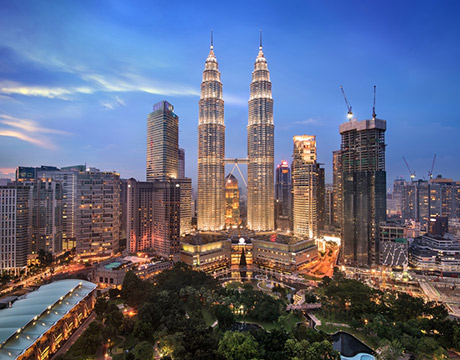
Kuala Lumpur
Malaysia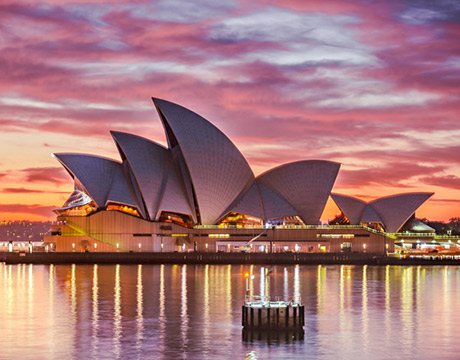
 English
English French
French Khmer
Khmer Thai
Thai Vietnamese
Vietnamese Chinese
Chinese Korean
Korean German
German Japanese
Japanese Italian
Italian Russian
Russian Spanish
Spanish Dutch
Dutch Indonesian
Indonesian Malay
Malay
